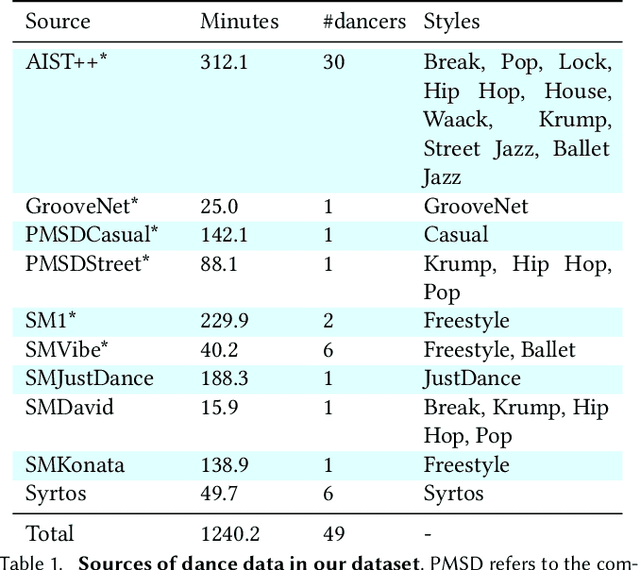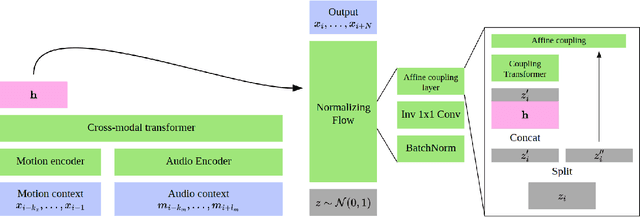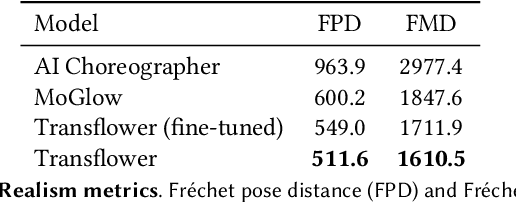André Holzapfel
Environmental and Social Sustainability of Creative-Ai
Sep 28, 2022
Abstract:The recent developments of artificial intelligence increase its capability for the creation of arts in both largely autonomous and collaborative contexts. In both contexts, Ai aims to imitate, combine, and extend existing artistic styles, and can transform creative practices. In our ongoing research, we investigate such Creative-Ai from sustainability and ethical perspectives. The two main focus areas are understanding the environmental sustainability aspects (material, practices) in the context of artistic processes that involve Creative-Ai, and ethical issues related to who gets to be involved in the creation process (power, authorship, ownership). This paper provides an outline of our ongoing research in these two directions. We will present our interdisciplinary approach, which combines interviews, workshops, online ethnography, and energy measurements, to address our research questions: How is Creative-Ai currently used by artist communities, and which future applications do artists imagine? When Ai is applied to creating art, how might it impact the economy and environment? And, how can answers to these questions guide requirements for intellectual property regimes for Creative-Ai?
Transflower: probabilistic autoregressive dance generation with multimodal attention
Jun 25, 2021



Abstract:Dance requires skillful composition of complex movements that follow rhythmic, tonal and timbral features of music. Formally, generating dance conditioned on a piece of music can be expressed as a problem of modelling a high-dimensional continuous motion signal, conditioned on an audio signal. In this work we make two contributions to tackle this problem. First, we present a novel probabilistic autoregressive architecture that models the distribution over future poses with a normalizing flow conditioned on previous poses as well as music context, using a multimodal transformer encoder. Second, we introduce the currently largest 3D dance-motion dataset, obtained with a variety of motion-capture technologies, and including both professional and casual dancers. Using this dataset, we compare our new model against two baselines, via objective metrics and a user study, and show that both the ability to model a probability distribution, as well as being able to attend over a large motion and music context are necessary to produce interesting, diverse, and realistic dance that matches the music.
 Add to Chrome
Add to Chrome Add to Firefox
Add to Firefox Add to Edge
Add to Edge